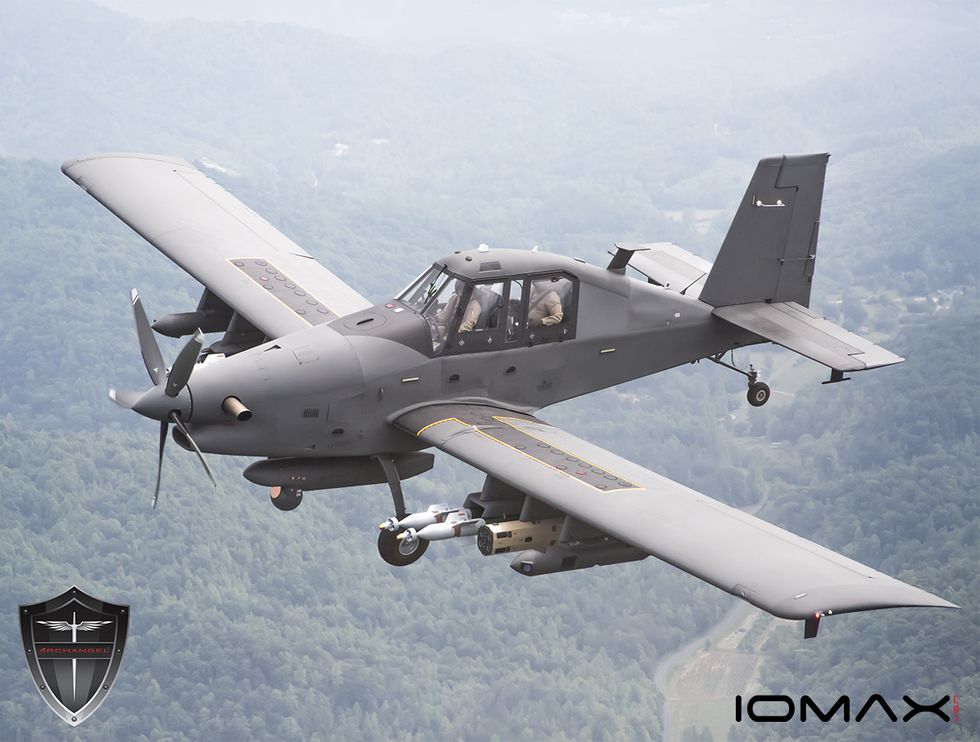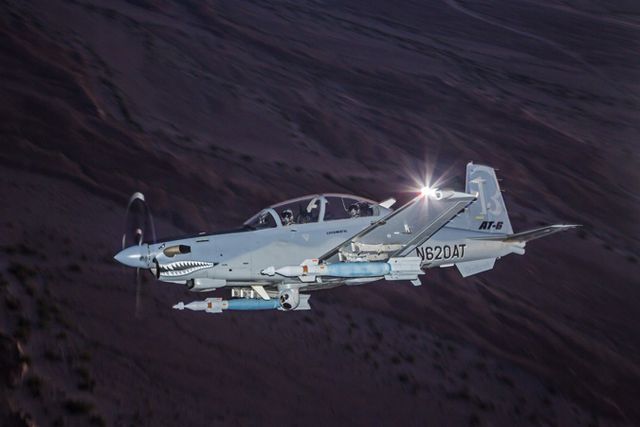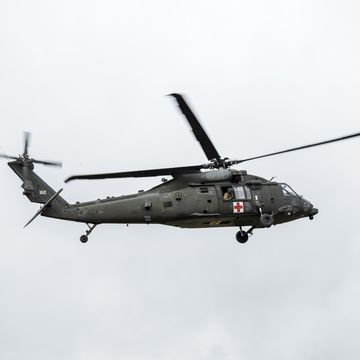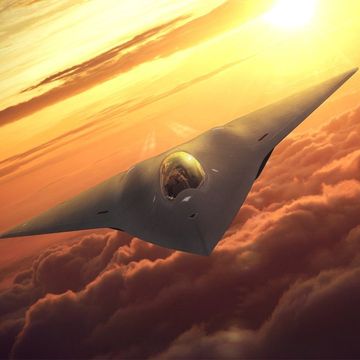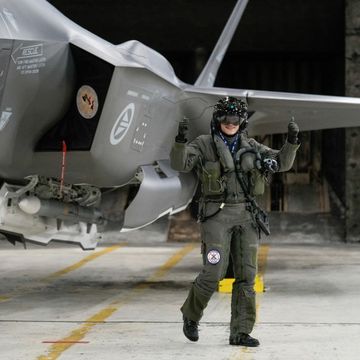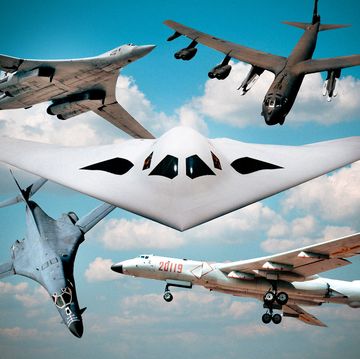The U.S. Air Force will request funding to test a number of airplanes for a new low-cost fighter concept. The goal is to field a fleet of small, lightweight airplanes capable of flying low and slow against enemies without advanced air defenses, providing support to ground forces fighting low-tech opponents such as the Taliban and the Islamic State.
The service is requesting $8 million to fund the tests, which it hopes will identify suitable candidates for OA-X, or Observation, Attack-Experimental aircraft. OA-X aircraft would be small, typically single-seat aircraft capable of flying intelligence, surveillance and reconnaissance missions or ground attacks. The plane should be capable of operating from austere environments and airfields. A key requirement is that the aircraft be inexpensive to fly on a per-hour basis.
The fact that the Air Force needs the OA-X concept is an acknowledgment that planes such as the F-15E Strike Eagle, F-16 Fighting Falcon, and F-35 Joint Strike Fighter fly too high and fast for pilots to effectively grasp what's going on on the battlefield below. (There's always the rugged A-10, but some in the Air Force have been wanting to retire the old Warthog for years.) These modern planes also require a large logistical footprint and basing infrastructure to operate. They are also very expensive to fly, with the Joint Strike Fighter costing $42,200 an hour in the air.
Fortunately for the Air Force, there are a number of existing designs that could fill the requirement, making designing a plane from the ground up unnecessary. Bell Textron's Scorpion jet is one possible contender. It's an airplane that was funded in-house but which has failed to attract any buyers. Scorpion was designed to be affordable and costs just $3,000 an hour to operate. Other possibilities include the Lockheed Martin/Korean Aerospace Industries FA-50 light fighter, a derivative of the T-50 jet being offered for the Air Force's next-generation jet trainer program, and the M-346F, a derivative of the Alenia Aeromacchi M-346 also being offered as a trainer.
OA-X may not be a jet, though. In Vietnam, the job of battlefield observation and light attack was accomplished by planes such as the propeller-driven OV-10 Bronco, two of which were borrowed in 2013 from NASA by Special Operations Command and outfitted with night vision cameras and laser-guided rockets. The program, known as Combat Dragon II, sent the two aircraft to the Middle East in 2015, where they flew 120 combat missions. While the OV-10 is out of production other turboprop aircraft that could fill the role include the Beechcraft AT-6 Wolverine, Brazilian A-29 Super Tucano, and the IOMAX Archangel.
Source: Defense News

Kyle Mizokami is a writer on defense and security issues and has been at Popular Mechanics since 2015. If it involves explosions or projectiles, he's generally in favor of it. Kyle’s articles have appeared at The Daily Beast, U.S. Naval Institute News, The Diplomat, Foreign Policy, Combat Aircraft Monthly, VICE News, and others. He lives in San Francisco.

